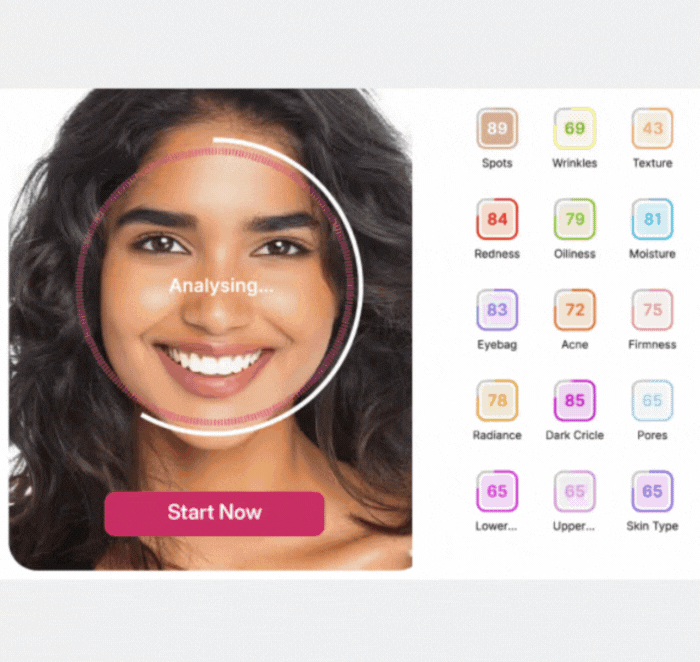Create augmented reality with AR software


Live virtual try-on

Realistic tracking
Personalized product recommendations

Frequently asked questions
An AR software merges the real world with computer-generated information, such as graphics or 3D models, onto a consumer's view of their physical surroundings. AR software allows consumers to interact with your products. Your shoppers can experience them through devices like smartphones, tablets, or specialized AR glasses.
AR uses a device's camera and sensors to read information about the real world. Then, processing units (CPU/GPU) use this data to run algorithms. It overlays the digital content onto the camera's view in real-time.
The challenges of AR software include: Ensuring accurate object tracking and environment mapping, Managing hardware limitations, like battery life and processing power, and Delivering real-time rendering without latency. Developers also face difficulties in achieving cross-platform compatibility, They may find it difficult to maintain user privacy and create intuitive interfaces that blend virtual and real-world interactions.
According to various usages and technologies, AR software comes in many types: Marker-based AR Markerless AR Projection-based AR Superimposition-based AR Location-based AR SLAM-based AR.
Retail & e-commerce Education & training Healthcare Real Estate Gaming & entertainment Manufacturing & maintenance Tourism & navigation Marketing & advertising.
Real-time object tracking, 3D rendering, spatial mapping, Gesture recognition, and integration with IoT and AI technologies.
















